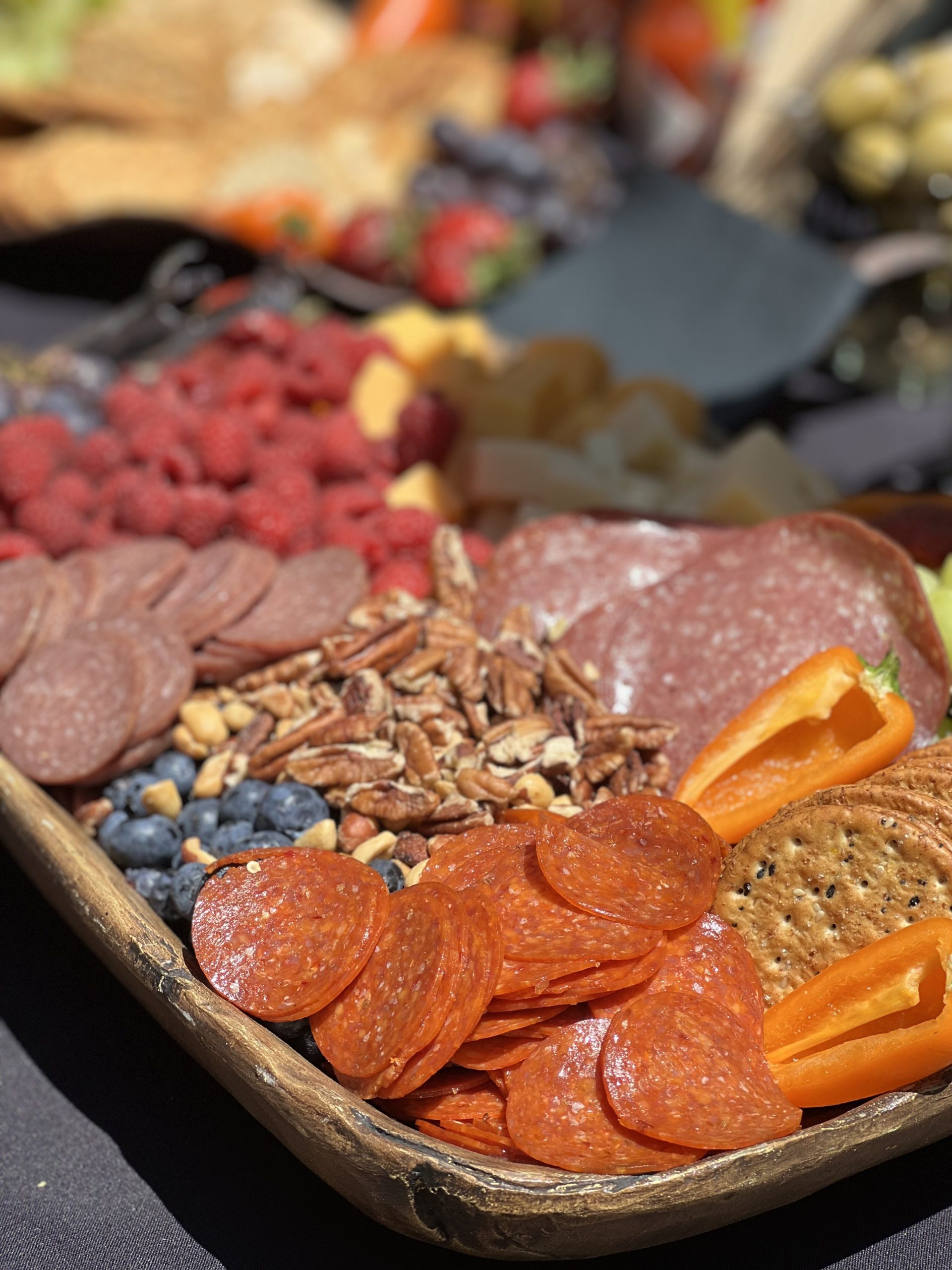Organizing a catering kitchen is essential to ensure efficiency, food safety, and smooth operations. A well-organized kitchen allows caterers to work efficiently, prepare food safely, and deliver high-quality dishes for events. Here are some steps and tips for organizing a catering kitchen effectively:
- Layout & Design – Design the kitchen layout to allow for smooth workflow and minimize unnecessary movement. The kitchen should have designated food preparation, cooking, storage, and dishwashing areas.
- Storage and Inventory – Implement a well-organized storage system for ingredients, equipment, and utensils. Use labeled shelves, cabinets, and containers to keep items neat and easily accessible. Maintain a proper inventory management system to track supplies and restock as needed.
- Food Safety Zones – Establish separate zones for handling raw, cooked, and ready-to-serve dishes to prevent cross-contamination. Use color-coded cutting boards and utensils to distinguish between different types of food.
- Cleaning & Sanitation – Designate a specific area for washing, sanitizing, and storing kitchen equipment and utensils. Implement a regular cleaning schedule to maintain a hygienic kitchen environment.
- Workstations – Set up efficient workstations for different tasks, such as food preparation, cooking, plating, and packaging. Each workstation should have the necessary tools and equipment for the specific tasks performed there.
- Labeling & Dating– Clearly label all prepared food containers with the date and contents to ensure freshness and prevent confusion during service.
- Safety Equipment – Ensure the kitchen has essential safety equipment, such as fire extinguishers, first aid kits, and emergency exits, to maintain a safe working environment.
- Standardized Recipes – Implement standardized recipes to maintain consistency in food preparation and portioning. This helps ensure that the quality of dishes remains consistent for each event.
- Staff Training – Train the kitchen staff on proper food handling, safety procedures, and efficient workflow. Regular training sessions can help enhance kitchen organization and performance.
- Equipment Maintenance – Schedule regular maintenance for kitchen equipment to keep them in good working condition and reduce the risk of breakdowns during events.
- Waste Management– Implement a waste management system to dispose of food waste and recyclables properly. This can help maintain a clean and organized kitchen environment.
- Flexibility – Organize the kitchen in a way that allows for adaptability and flexibility to accommodate different types of events and menu requirements.
An organized catering kitchen improves productivity and plays a crucial role in maintaining food safety and ensuring customer satisfaction. Regularly evaluate the kitchen’s organization and make adjustments as needed to optimize efficiency and meet the demands of the catering business.






+ show Comments
- Hide Comments
add a comment